Dietary Reference Intakes for Calcium and Vitamin D provides reference intake values for these two nutrients The report updates the DRI values defined in Dietary Reference Intakes for Calcium, Phosphorus, Magnesium, Vitamin D, and Fluoride, the 1997 study from the Institute of Medicine This 11 book provides background information on the biological functions of each nutrient, reviews health outcomes that are associated with the intake of calcium and vitamin D,Apr 13, 18 · RDAs for vitamin D are listed in both International Units (IUs) and micrograms (mcg);Nov 03, · Cholecalciferol is vitamin D3 Vitamin D helps your body absorb calcium Cholecalciferol is used as a dietary supplement in people who do not get enough vitamin D in their diets to maintain adequate health Cholecalciferol may also be used for purposes not listed in this medication guide

7nutrition Vitamin D3 K2mk7 1 Vege Caps 7nutrition
Dri d vitamin barn
Dri d vitamin barn-The data is based on the following sources Dietary Reference Intakes for Calcium, Phosphorous, Magnesium, Vitamin D, and Fluoride (1997);Dietary Reference Intakes for Water, Potassium, Sodium Chloride and Sulphate (05);
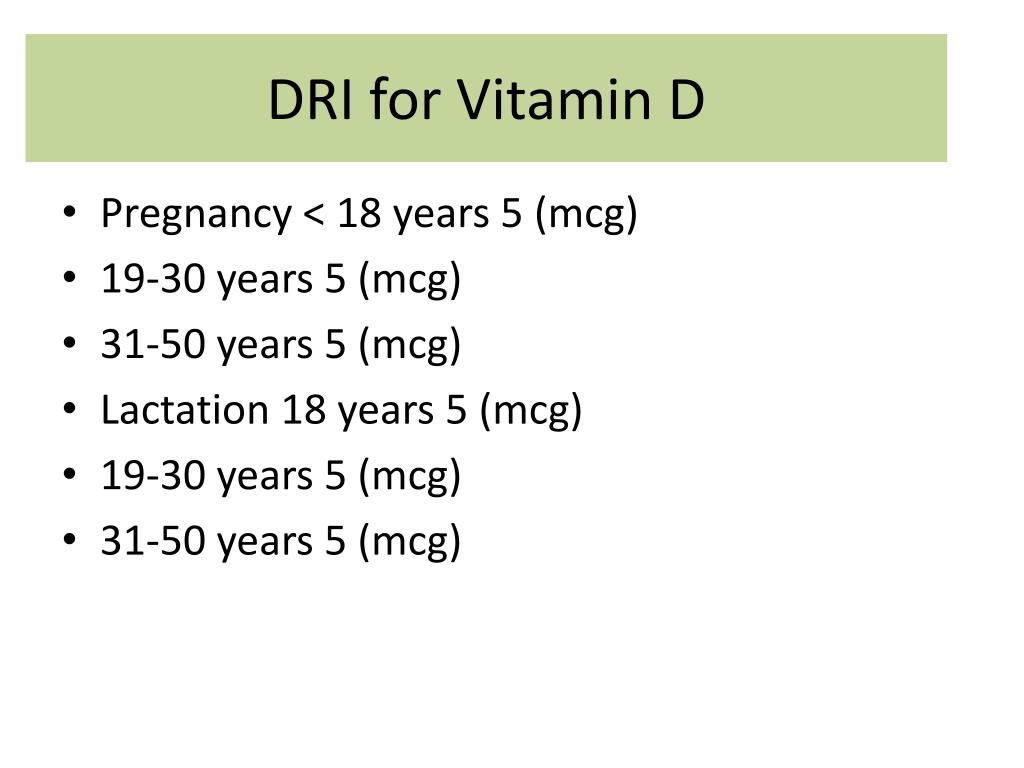



Ppt Vitamin D Presentation By Powerpoint Presentation Free Download Id
Oct 08, 17 · Before your body can use dietary vitamin D, it must be "activated" through a series of steps First, the liver converts dietary vitamin D into the storage form of vitamin DJoanne Larsen September 22, 16 0 Vitamin D I have a general question for you There is a dispute right now in my house about carrots having vitamin D We all agree that they contain a large amount of vitamin A, but are they also a good source of vitamin D?Vitamin D is a required nutrient that is important to maintain bone health and may stave off other serious diseases such as cancer and MS Although no nutrient is a panacea for being a cureall, it has been well recognized in the scientific and clinical communities that the DRI for vitamin D needs to be seriously reconsidered and increased
Nov 10, · Vitamin D fortified products like cow's milk (for children 12 months and older), yogurt, cereals, and some juices Vitamin D supplements are another way to help children get enough vitamin D every day Talk with your doctor or nurse about vitamin D at your child's next checkup if you have questionsMay 18, · You can get vitamin D from foods like dairy and fish, as well as supplements But scientists don't call it the Sunshine Vitamin for nothing Direct sunlight remains the strongest source iStock (2)1 Dietary Reference Intakes 2 Calcium and Related Nutrients Overview and Methods 3 A Model for the Development of Tolerable Upper Intake Levels 4 Calcium 5 Phosphorus 6 Magnesium 7 Vitamin D 8 Fluoride 9 Uses of Dietary Reference Intakes References APPENDIXES
Vitamin D is a group of fatsoluble secosteroids responsible for increasing intestinal absorption of calcium, magnesium, and phosphate, and many other biological effects In humans, the most important compounds in this group are vitamin D 3 (also known as cholecalciferol) and vitamin D 2 (ergocalciferol) The major natural source of the vitamin is synthesis of cholecalciferol in theVitamin D works with calcium and phosphorus for healthy bones, muscles and teeth Vitamin D is also important in protecting muscle strength and preventing rickets, osteomalacia and falls Even if you have a calciumrich diet (for example from eating plenty of lowfat dairy foods and green leafy vegetables), without enough vitamin D you cannotApr 26, 19 · Oftentimes, the vitamin D supplement dose can exceed the RDA, and many recommend using a vitamin D supplement with 5,000 IU or more to ensure adequate blood levels However, while taking a vitamin D supplement dose below 10,000 IU per day is unlikely to yield any symptoms of toxicity, taking high doses may negatively impact health over time




Meska Koszulka Bez Rekawow Do Biegania Nike Dri Fit Rise 365 Nike Pl
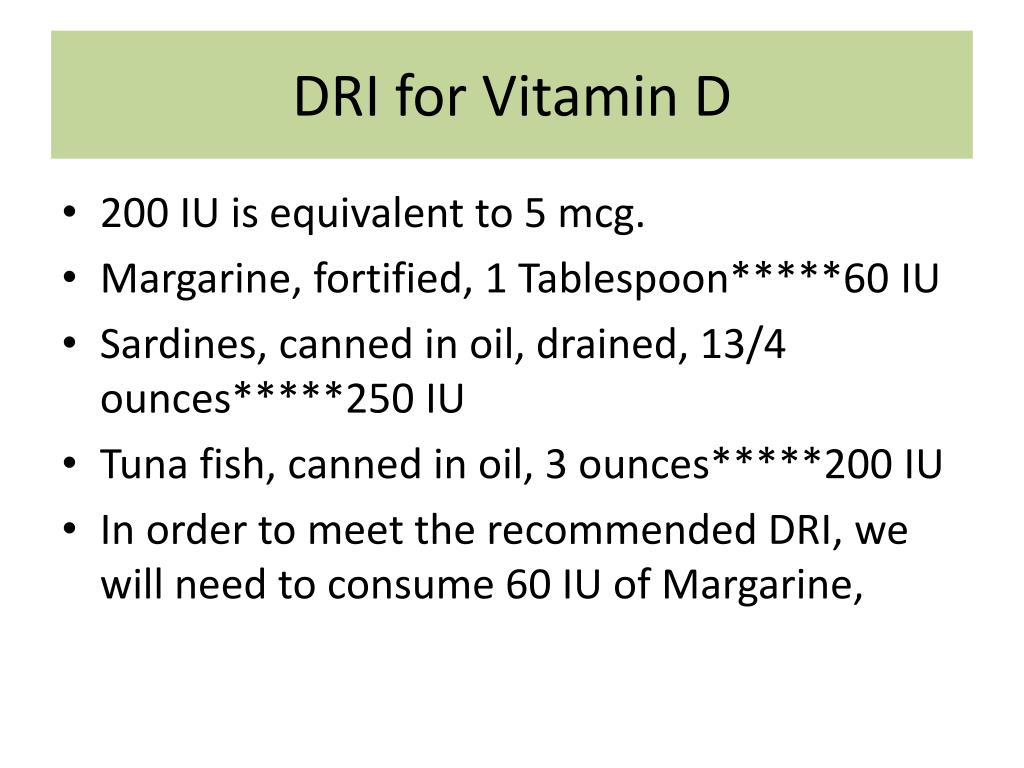



Ppt Vitamin D Presentation By Powerpoint Presentation Free Download Id
Taking vitamin D in forms known as dihydrotachysterol, calcitriol, or ergocalciferol by mouth is effective for increasing calcium blood levels in people with low parathyroid hormone levelsJun 09, · Unfortunately, most vitamin Dfortified foods and dietary supplements mostly contain ergocalciferol, a type of D2, which is neither as absorbable nor convertible by the body into what it needs D3 from animal products (specifically from the cholesterol within these products) is closest to what sunlight naturally produces in humans when the skinThese documents are issued by the Food and Nutrition Board of the Institute of Medicine, National Academy of SciencesThe Food and Nutrition Board addresses issues of safety, quality, and adequacy of the food supply;




7nutrition Vitamin D3 K2mk7 1 Vege Caps 7nutrition




Pdf Vitamin D Testing And Treatment A Narrative Review Of Current Evidence Semantic Scholar
May , 21 · Dietary Sources of Vitamin D Apart from these discussed benefits, factors, and symptoms, there are several other important aspects of the body's adequate Vitamin D It is understood that consuming a required amount of Vitamin D can help you achieve several health benefits But it is essential to know the sources of Vitamin D and how anDietary Reference Intakes for Calcium and Vitamin D Calcium and vitamin D are two essential nutrients long known for their role in bone health Over the last ten years, the public has heard conflicting messages about other benefits of these nutrients—especially vitamin D—and also about how much calcium and vitamin D they need to be healthyNov 17, 10 · Institute of Medicine "Dietary Reference Intakes for Calcium and vitamin D" Pelajo, C Autoimmunity Reviews , May 10 National Institutes of Health Office of Dietary Supplements "Vitamin D"
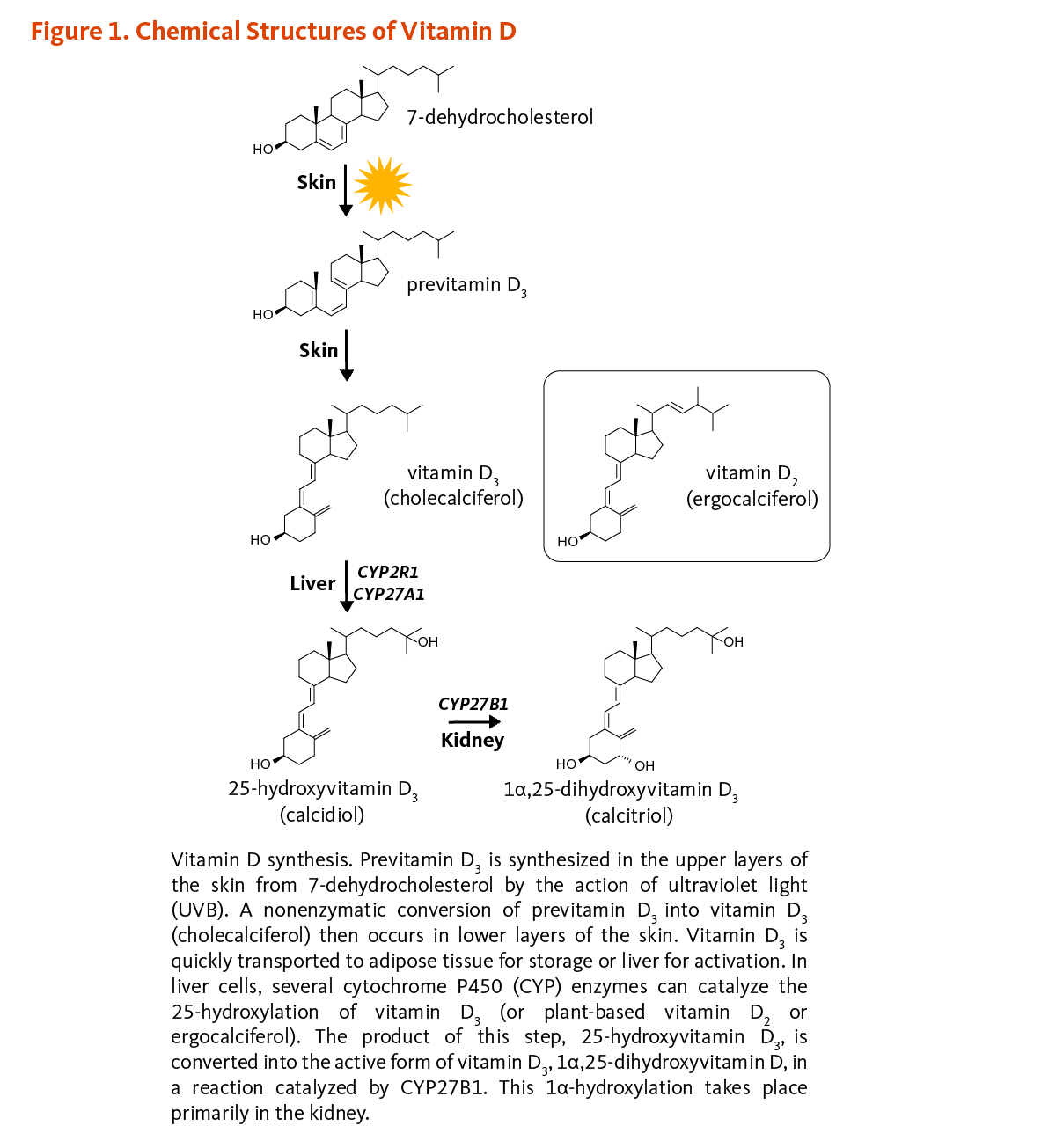



Vitamin D Linus Pauling Institute Oregon State University




Herbaland Gummy Vitamin D3 For Kids 0 Dri Anglasbe
Establishes principles and guidelines of adequate dietary intake;Jun 21, 19 · Vitamin D deficiency is one of the most common causes of concern in the world of health and nutrition today Vitamin D deficiency prevails in epidemic amounts all over the Indian subcontinent, with a prevalence of 70% in Indian population, as per aIn light of recent research, some advocates and researchers have called for a review of the US Dietary Reference Intakes for vitamin D Current recommendations for daily vitamin D intake were developed in 1997 by the Food and Nutrition Board of the Institute of Medicine The US Department of Health and Human Services, in collaboration with




Herbaland Gummy Vitamin D3 And Calcium For Kids Anglasbe




Vitamin D A Critical And Essential Micronutrient For Human Health Topic Of Research Paper In Clinical Medicine Download Scholarly Article Pdf And Read For Free On Cyberleninka Open Science Hub
Vitamin D helps regulate the amount of calcium and phosphate in the body These nutrients are needed to keep bones, teeth and muscles healthy A lack of vitamin D can lead to bone deformities such as rickets in children, and bone pain caused by a condition called osteomalacia in adults Coronavirus (COVID19) updateThe biological activity of 40 IU is equal to 1 mcg (Table 2) Even though sunlight may be a major source of vitamin D for some, the vitamin D RDAs are set on the basis of minimal sun exposure Health Risks from Excessive Vitamin DVitamin D Food Fact Sheet Sunshine, not food, is where most of your vitamin D comes from So even a healthy, well balanced diet, that provides all the other vitamins and goodness you need, is unlikely to provide enough vitamin D Read on to find out the best ways to get enough vitamin D safely What is vitamin D?




Vitamin C Dietary Reference Intakes The Essential Guide To Nutrient Requirements The National Academies Press




Vitamin D Dietary Reference Intakes The Essential Guide To Nutrient Requirements The National Academies Press
Vitamin D and Health(link is external) Harvard School of Public Health DHHS NIH National Library of Medicine Read about the function, sources, and intake recommendations for Vitamin DThe DRI for vitamin D was derived using studies of the effect of vitamin D intake on serum calcium concentrations (to prevent hypercalcemia) in humans and rep resents total intake from food, water, and supplementsDietary Reference Intakes for Calcium and Vitamin D provides reference intake values for these two nutrients The report updates the DRI values defined in Dietary Reference Intakes for Calcium, Phosphorus, Magnesium, Vitamin D, and Fluoride, the 1997 study from the Institute of Medicine




Ultra D ในป




Pdf Individual Participant Data Ipd Level Meta Analysis Of Randomised Controlled Trials With Vitamin D Fortified Foods To Estimate Dietary Reference Values For Vitamin D
Table 1 Dietary Reference Intakes for Older Adults Vitamin A Vitamin C Vitamin D Vitamin E Vitamin K Thiamin Riboflavin Niacin Vitamin B 6 Folate (ug)b,c (mg)(ug)d,e (mg)f,g,h (ug) (mg) (mg) (mg)h,i (ug)h,j RDA or AI 1 Age 5170 Male 900 90 10* 15 1* 12 13 16 17 400 Female 700 75 10* 15 90* 11 11 14 15 400 Age 70 Male 900 90 15* 15 1* 12 13 16 17 400 Female 700And renders authoritative judgments on the relationships among food intake, nutrition, and healthApr 14, 09 · The Institute of Medicine's DRI for vitamin D is 0 IU for people age 50 and younger and 400 IU for people 50 to 70 years old The guidelines, created in 1997, are being revised to reflect new
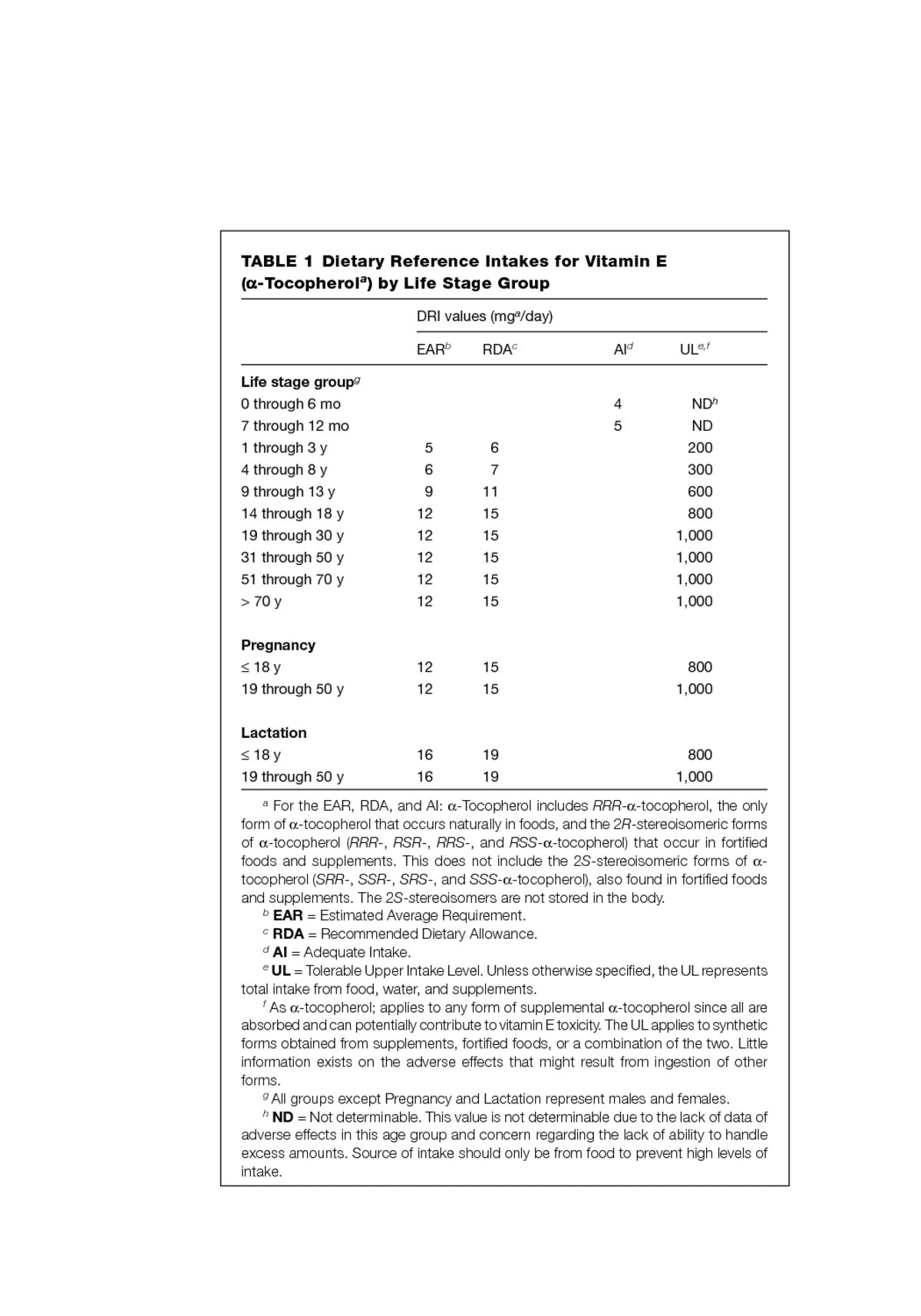



Vitamin E Dietary Reference Intakes The Essential Guide To Nutrient Requirements The National Academies Press



Body Composition In Nonobese Individuals According To Vitamin D Level
Jun 10, 18 · The Institute of Medicine has set the Recommended Dietary Allowance (RDA) of vitamin D at 600 international units (IU) for everyone under the age of 70 (It's 800 IU for adults 70) But manyAug 14, 17 · Vitamin E New guidelines require that Vitamin E content be determined based on the source of vitamin E and that it be reported as mg alphatocopherol rather than in IU Vitamin E in food and dietary supplements can come from natural or synthetic forms To convert from IU to mg alphatocopherol, use the 2 steps listed in the table, above Vitamin DAug 27, · The Recommended Dietary Allowance (RDA) for adults is 600 international units (IU) of vitamin D a day That goes up to 800 IU a day for those older than age 70 To meet this level, choose foods that are rich in vitamin D




Pdf Dietary Reference Intakes For Vitamin D Justification For A Review Of The 1997 Values



By Jennifer Turley And Joan Thompson Ppt Download
Jun 22, 21 · The association between vitamin D deficiency and metabolic syndrome (MS) in severe obesity is unclear and controversial We analyzed serum and dietary vitamin D and their association with MS in 150 adults with class II and III obesity (BMI ≥ 35 kg/m2) from the DieTBra Trial (NCT) MS parameters were high fasting blood glucose, low HDL cholesterol,The requirement for vitamin E is based on the 2Rstereoisomeric forms of alphatocopherol onlyThis includes RRRalphatocopherol, which occurs naturally in foods, and the 2Rstereoisomeric forms (RRR , RSR , RRS , and RSS forms) that occur in supplements and fortified foods (all racemic alphatocopherol) Other forms of vitamin E do not contribute toward meetingWhen there is sufficient calcium in the diet and sufficient active Vitamin D, dietary calcium is absorbed and put to good use throughout the body If calcium intake is insufficient, or vitamin D is low, the parathyroid glands will 'borrow' calcium from the skeleton in order to keep the blood calcium in the normal range




Pdf Assessment Of Dietary Vitamin D Requirements During Pregnancy And Lactation




3 Ways To Recognize Symptoms Of Vitamin D Deficiency Wikihow
Nov 30, 10 · The Council for Responsible Nutrition (CRN), the dietary supplement industry's leading trade association, today called the National Academy of Sciences Institute of Medicine's (IOM) newlyreleased report on the Dietary Reference Intake (DRI) levels for vitamin D "a modest step in the right direction that fell short of truly capturing the extensive and positive researchMar 24, · Vitamin D helps regulate the reninangiotensinaldosterone system (and thereby blood pressure), vascular cell growth, and inflammatory and fibrotic pathways Vitamin D deficiency is associated with vascular dysfunction, arterial stiffening, left ventricular hypertrophy, and hyperlipidemia For these reasons, vitamin D has been linked to heart health and risk of CVDJun 19, 21 · Healthy People Topic Area (s) Arthritis, Osteoporosis, and Chronic Back Conditions Healthy People Objectives AOCBC10 Resource Type Systematic Review Citation Ross A, Taylor C, Yaktine A, Del Valle H, and the Committee to Review Dietary Reference Intakes for Vitamin D and Calcium, Food and Nutrition Board




Vitamin D And Diabetes Diabetes Spectrum




Herbaland Gummy Vitamin D3 And Calcium For Kids Anglasbe
Thank you Carrots are not a good source of vitamin D whichDietary Reference Intakes for Energy, Carbohydrate, Fiber, Fat, Fatty Acids, Cholesterol, Protein and Amino Acids (02/05);7 In addition to vitamin C, fruits and vegetables are good sources of other watersoluble vitamins such as folate Moyra Doyle is pregnant, and her DRI for folate is 600 mcg Dietary Folate Equivalents (DFE) per day The Tolerable Upper Intake Level (UL) for folate is 1,000 mcg DFE Moyra is taking a prenatal vitamin that provides 480 mcg DFE




The Abcs Of Vitamin D Simple Tasty Health Lemond Nutrition




Ppt Vitamin D Presentation By Powerpoint Presentation Free Download Id
Jun 01, · The research debate over vitamin D has focused partly on its roles in the body, and more recently on its optimal levels in the body and on the relationship of those levels to dietary intake Since vitamin D was first recommended as an essential nutrient for the US public in 1943, recommendation levels for this nutrient have variedJul 10, · Normal vitamin D levels in the blood are ng/ml or above for adults People aged 1–70 years should aim to get at least 15 mcg or 600 IU of vitamin DThe DRI s for vitamin D, which can also be found in the DRI tables, are as follows The IOM report states that there are no additional health benefits associated with vitamin D intakes above the level of the new RDA Total vitamin D intake should remain below the level of the new UL to avoid possible adverse effects




Nutrinovate Strona Glowna Facebook




Should 1000 Iu Be The New Rda For Vitamin D Study Deep Dives
Oct 28, 16 · EFSA has set dietary reference values (DRVs) for the intake of vitamin D EFSA provides this advice to risk managers in European countries who use it for making recommendations to consumers The Panel on Dietetic Products, Nutrition and Allergies (NDA) defined an adequate intake (AI) of 15 µg per day for healthy individuals over one year of ageOct 14, 19 · Vitamin D is converted enzymatically in the liver to 25hydroxyvitamin D (25 OHD), the major circulating form of vitamin D, and then in the kidney to 1,25dihydroxyvitamin D, the active form of vitamin D Vitamin D and its metabolites have a significant clinical role because of their interrelationship with calcium homeostasis and bone metabolism
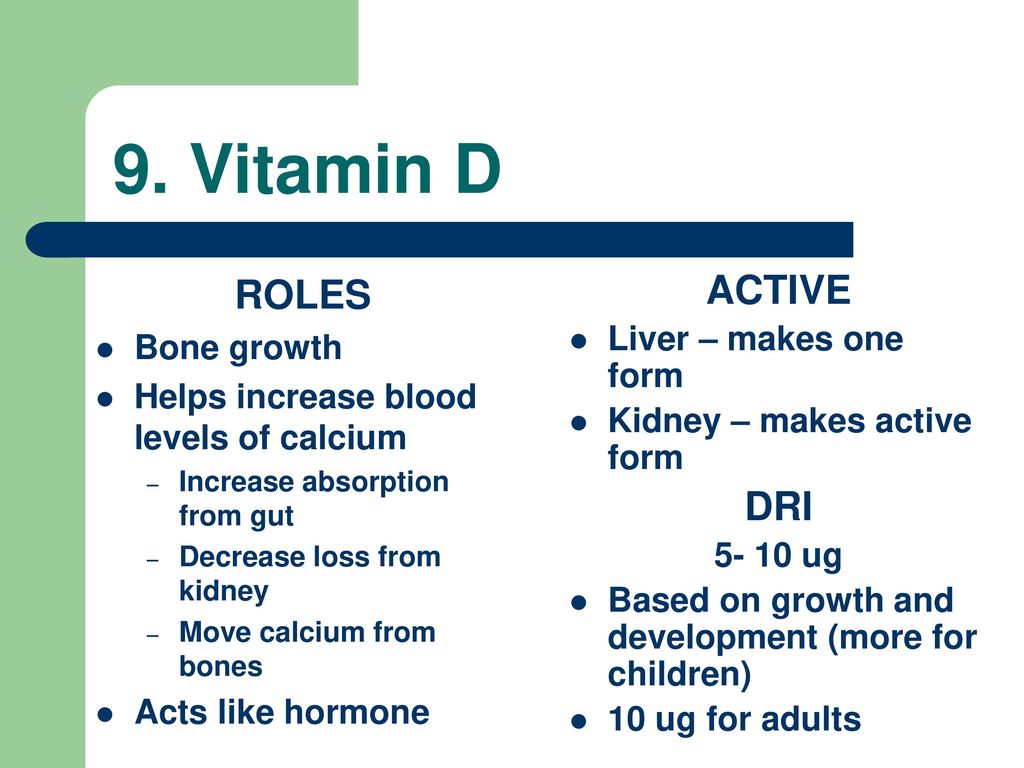



The Fat Soluble Vitamins Ppt Download




Table 1 From Vitamin D Prescribing In Older People In The Uk Depends On Postcode Semantic Scholar
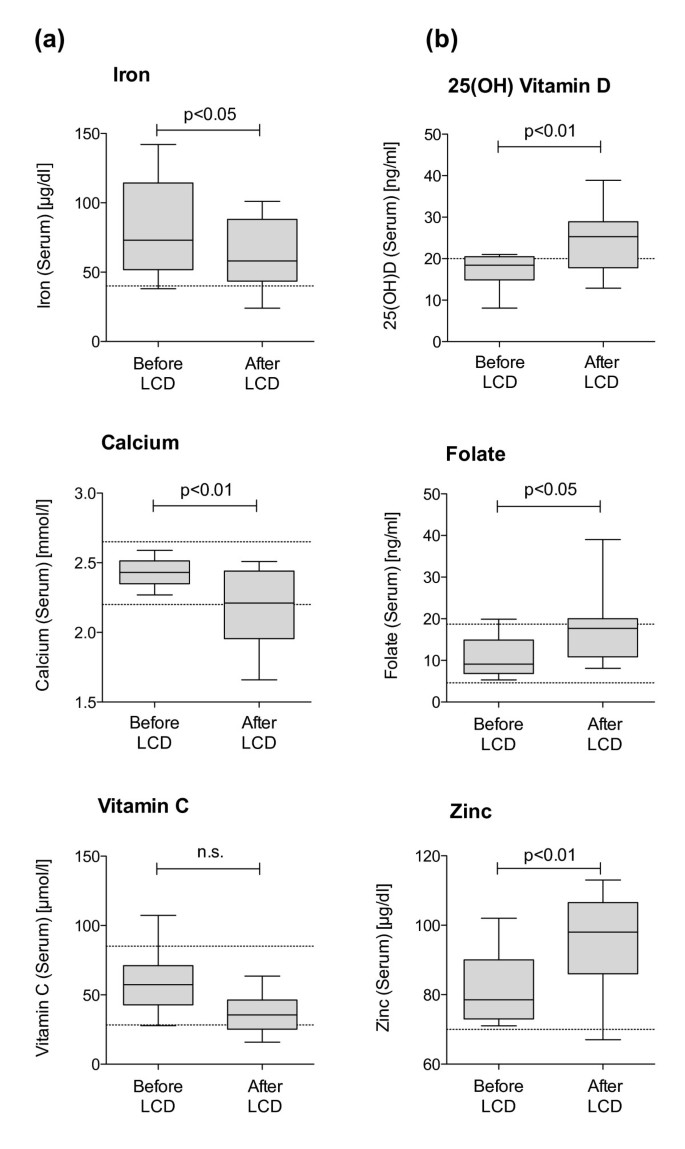



Micronutrient Deficiency In Obese Subjects Undergoing Low Calorie Diet Springerlink
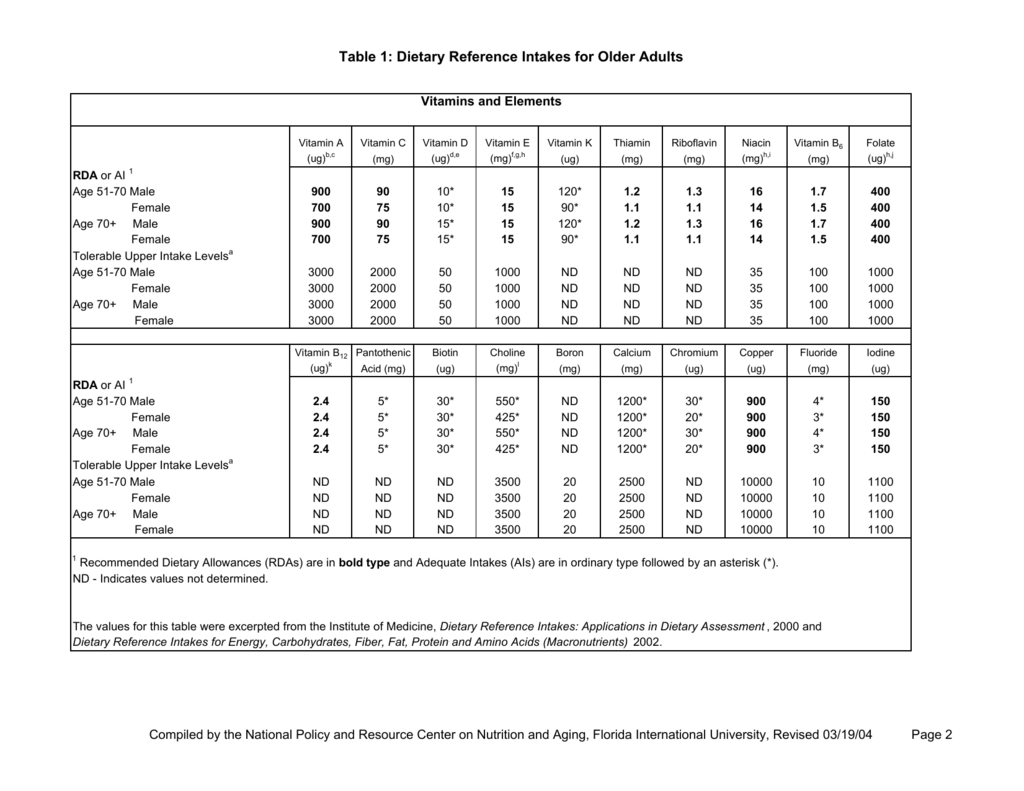



Dri Table One For Web 9 13 04
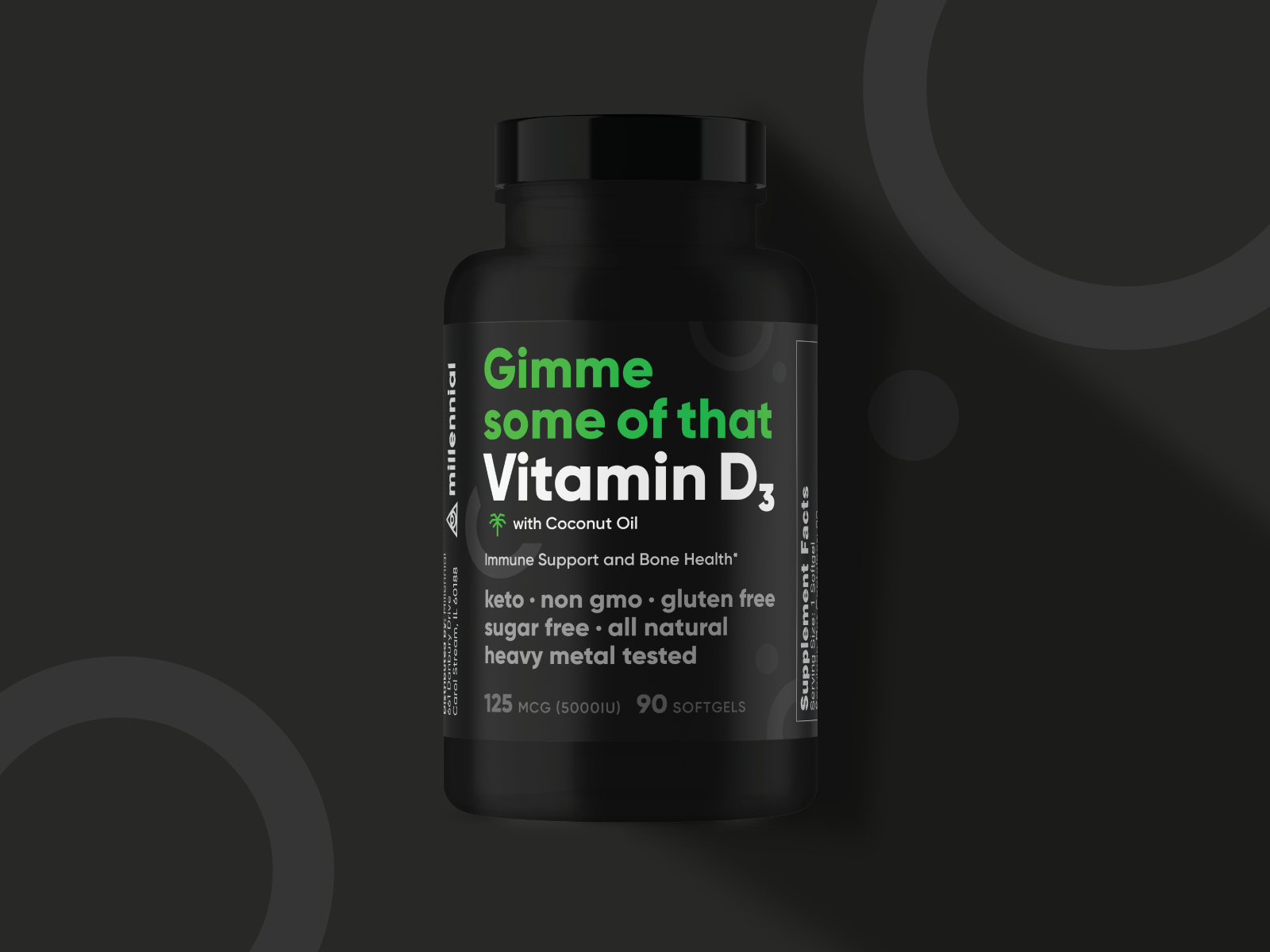



Millennial Vitamin D Packaging By Kalyn Krivacek For Llt Group On Dribbble




Herbaland Vegan Vitamin D3 B12 Gummies 60 Pcs Anglasbe




Bregott Havssalt 300g




Mellanmjolk Anglamark 1 L




Vitamin D Dietary Reference Intakes The Essential Guide To Nutrient Requirements The National Academies Press




The Relationship Between Vitamin D Statuses And Young Adult Women Asthma Semantic Scholar




Scielo Brasil Vitamin D Toxicity Vitamin D Toxicity




Vitamin D Wikipedia




Vitamin D Dietary Reference Intakes The Essential Guide To Nutrient Requirements The National Academies Press
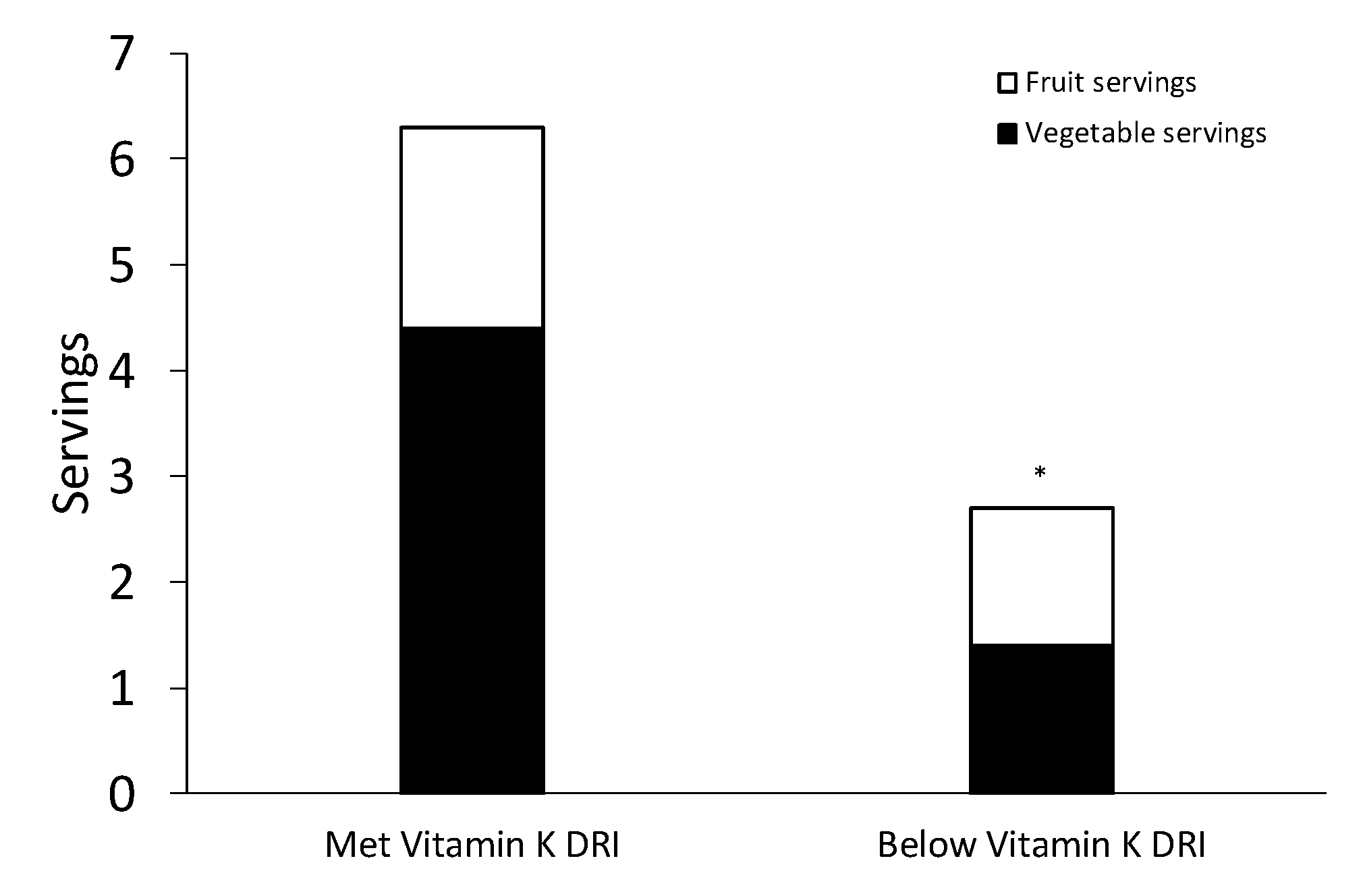



Nutrients Free Full Text Vitamin K Intake In Chronic Stroke Implications For Dietary Recommendations Html




Vitamin D And Critical Illness What Endocrinology Can Learn From Intensive Care And Vice Versa In Endocrine Connections Volume 7 Issue 12 18




Sunshine Or Lack Of Vitamin D By Tanya Korniichuk On Dribbble
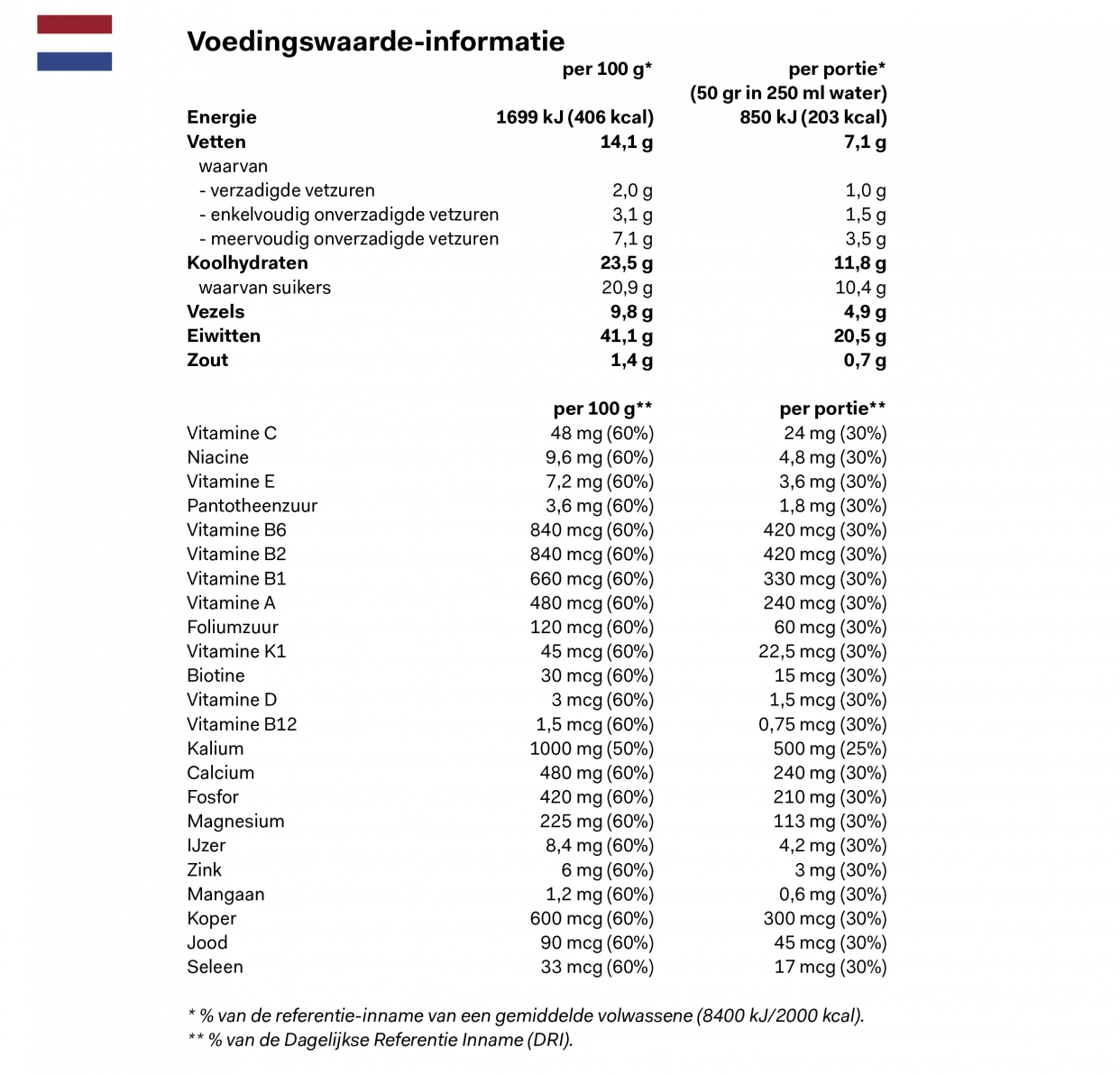



Good Shake Banana Fitt




Pdf Dietary Recommendations For Vitamin D A Critical Need For Functional End Points To Establish An Estimated Average Requirement1
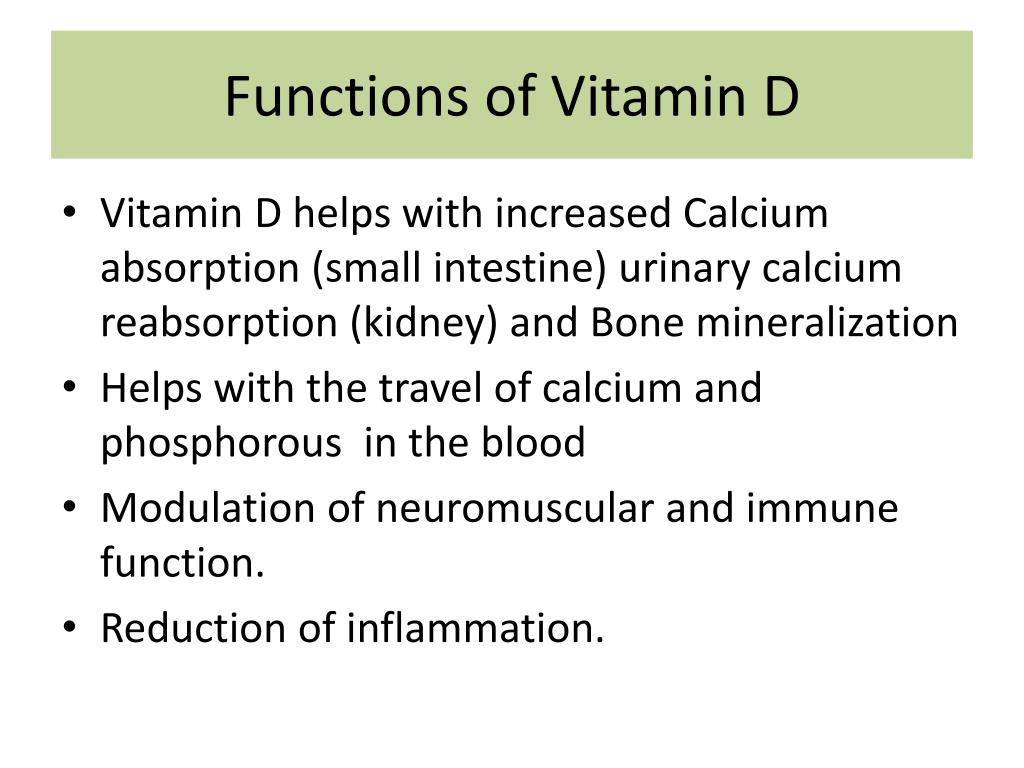



Ppt Vitamin D Presentation By Powerpoint Presentation Free Download Id
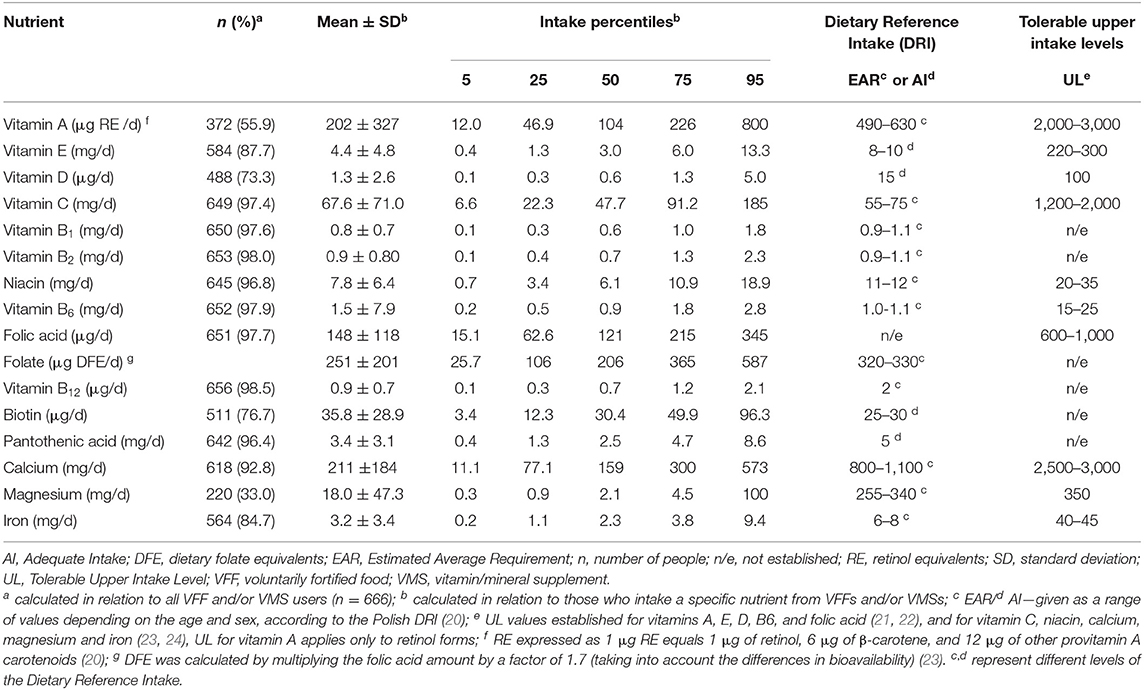



Frontiers Intake Of Vitamins And Minerals From Voluntarily Fortified Foods And Or Dietary Supplements In School Adolescents In Central Eastern Poland Public Health




Rationale And Plan For Vitamin D Food Fortification A Review And Guidance Paper Semantic Scholar




Bregott Normalsaltat Arla 300 G




D Symposium Vitamin D Insufficiency Calvo Whiting Vitamin D Vitamin




Comparative Effectiveness Of Vitamin D Supplementation Via Buccal Spray Versus Oral Supplements On Serum 25 Hydroxyvitamin D Concentrations In Humans A Systematic Review Protocol Article Nursingcenter




Pharmacy Technician Chapter Twenty Three Ppt Download




Smor Raps Normalsaltat Coop 600 G




Pdf Vitamin D Status Of Irish Adults Findings From The National Adult Nutrition Survey




Ppt Update On Perinatal And Pediatric Vitamin D Powerpoint Presentation Id
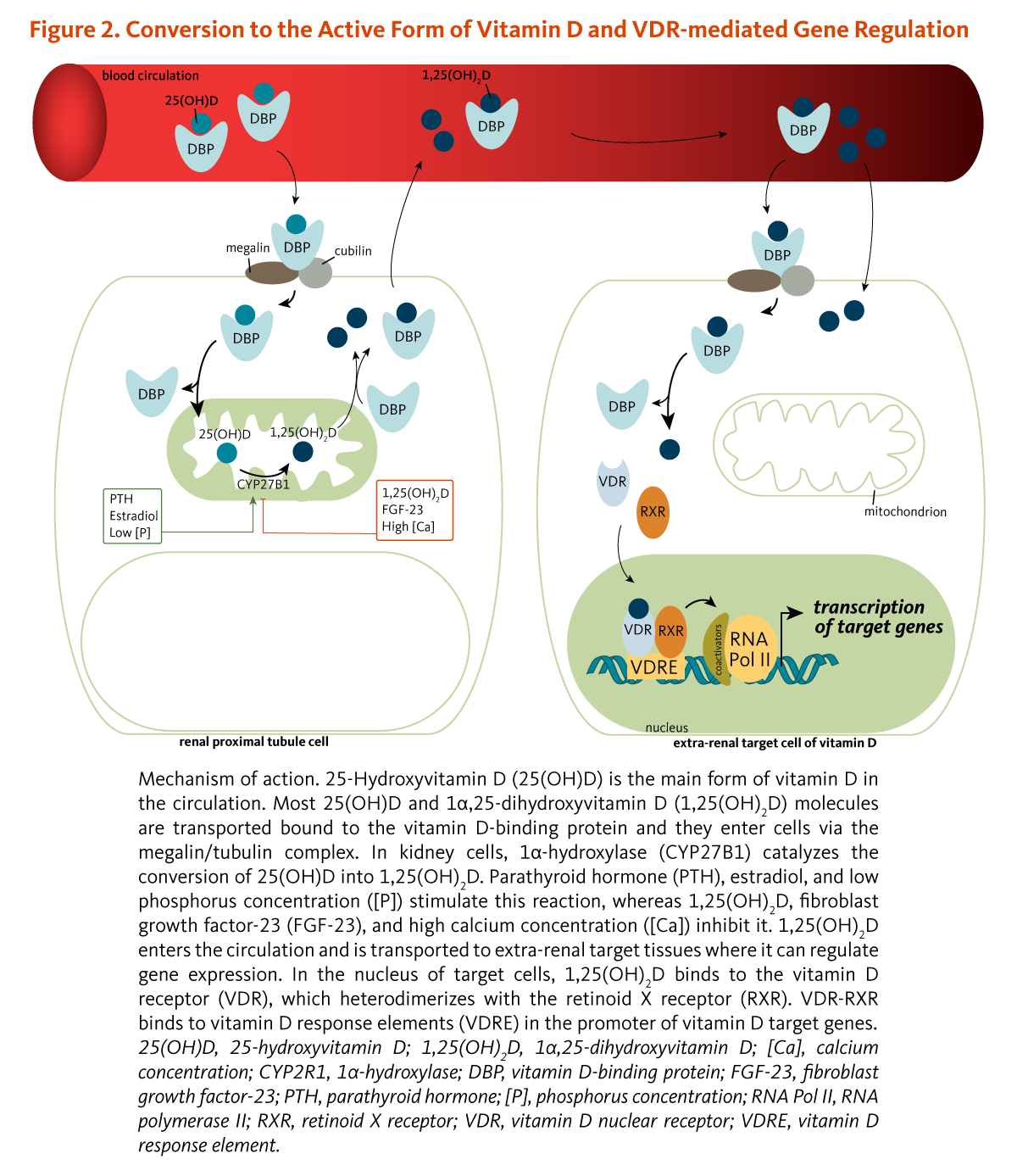



Vitamin D Linus Pauling Institute Oregon State University




Nutrinovate Vitamin Films On Packaging Of The World Creative Package Design Gallery




Recommended Dietary Reference Intakes Dri Usual Dietary Daily Download Table
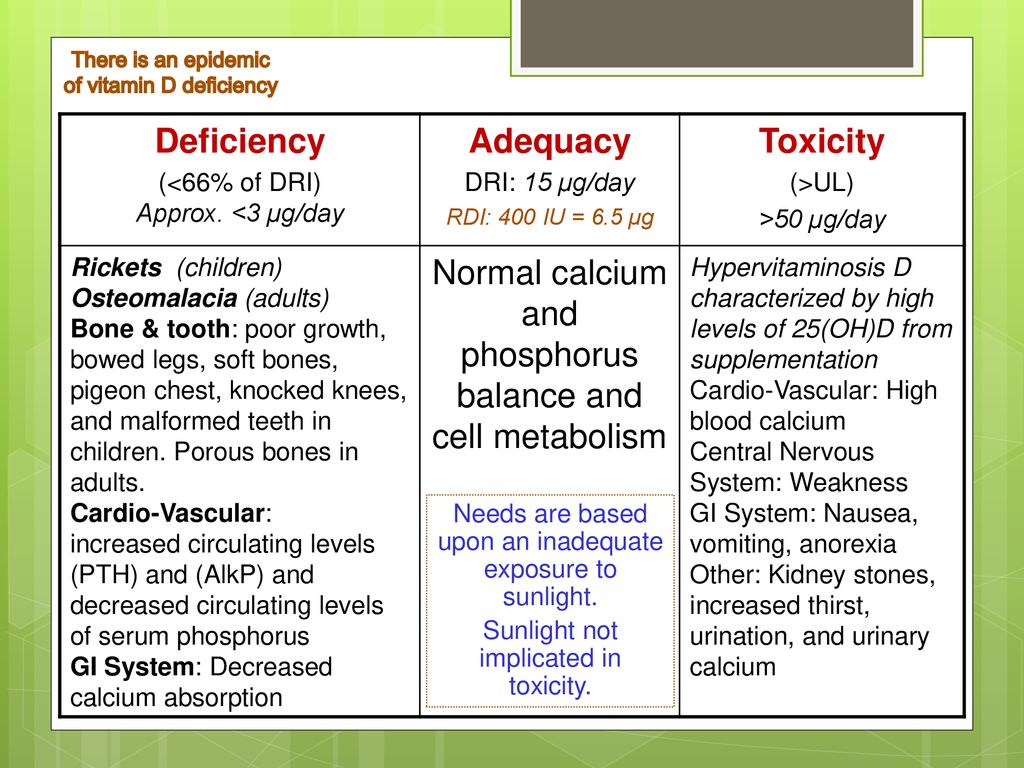



By Jennifer Turley And Joan Thompson Ppt Download




7nutrition Multisport 60 Caps 7nutrition
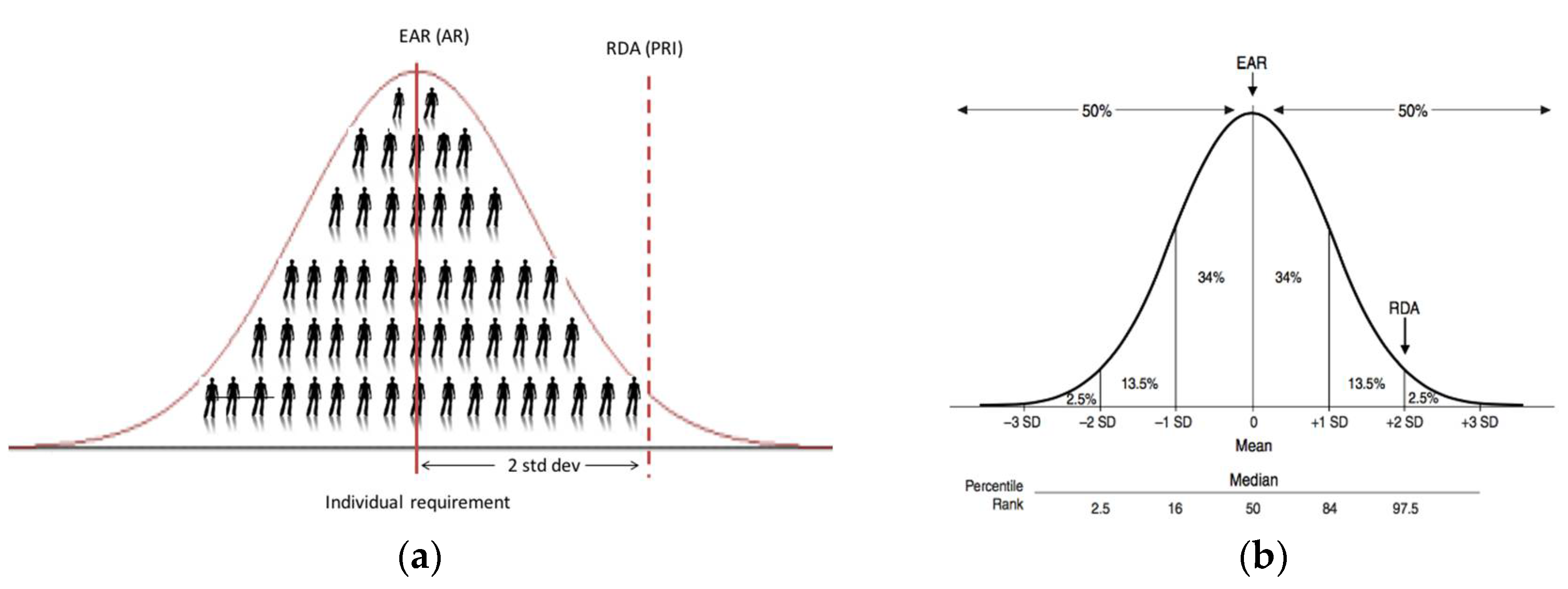



Nutrients Free Full Text Vitamin D Requirements For The Future Lessons Learned And Charting A Path Forward Html




Biogaia Protectis Baby Drops With Vitamin D Biogaia




Vitamin D Sunscreen



Key Bone Building Nutrients For Building Strong Bones Better Bones




Herbaland Gummy Vitamin D3 For Kids 0 Dri Anglasbe




Solved Please Answer Those With Easy Word For My Understa Chegg Com




Vitamin D Deficiency In Children And Its Management Review Of Current Knowledge And Recommendations American Academy Of Pediatrics




Buy Calcium Vitamin D3 Tablets Premium Quality Made In Germany Gloryfeel Gmbh Eu




Herbaland Gummy Vitamin D3 For Kids 0 Dri Anglasbe




Herbaland Gummy Vitamin D3 And Calcium For Kids Anglasbe




Vitamin D Dietary Reference Intakes The Essential Guide To Nutrient Requirements The National Academies Press
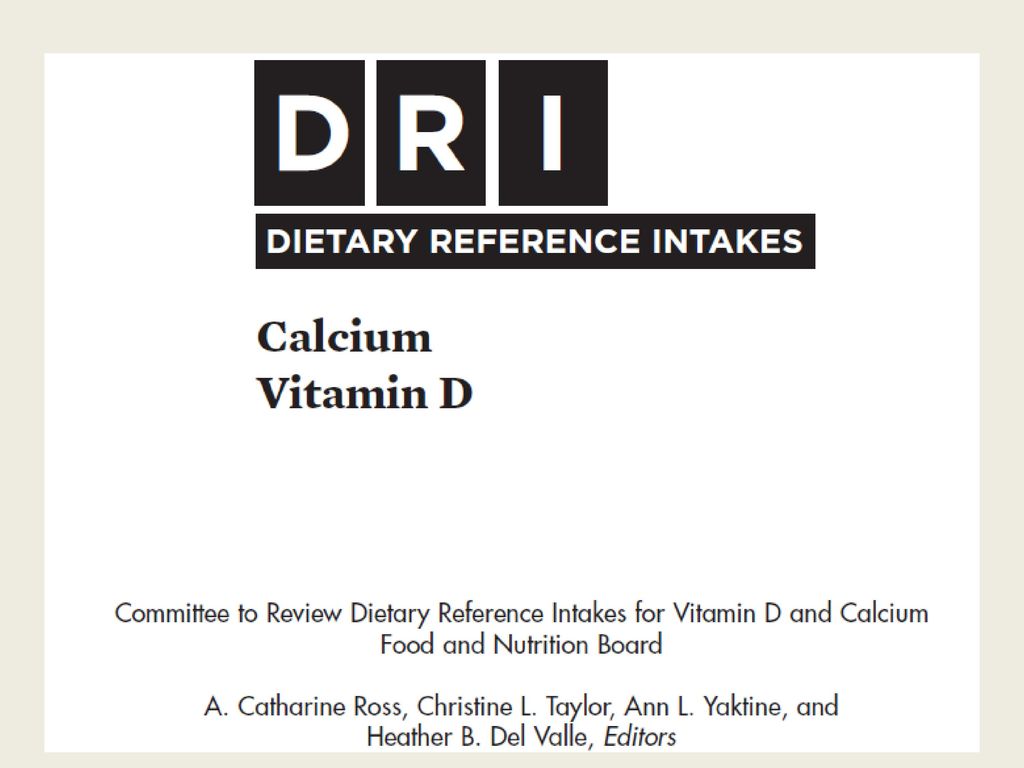



Adult Vitamin D Guidelines Ppt Download




Elecsys Vitamin D Calibrator Total



By Jennifer Turley And Joan Thompson Ppt Download




Vitamin D Wikipedia




Usana Vitamin D
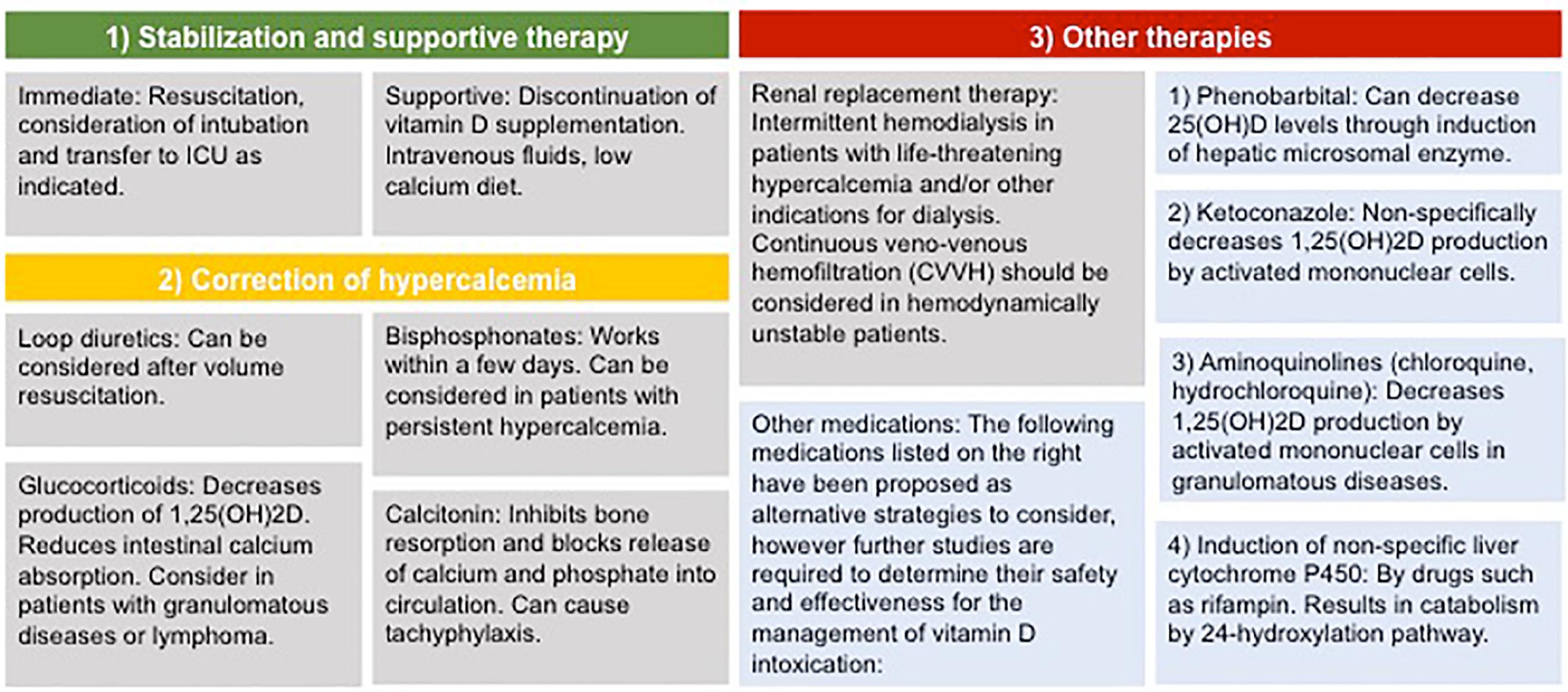



Scielo Brasil Vitamin D Toxicity Vitamin D Toxicity
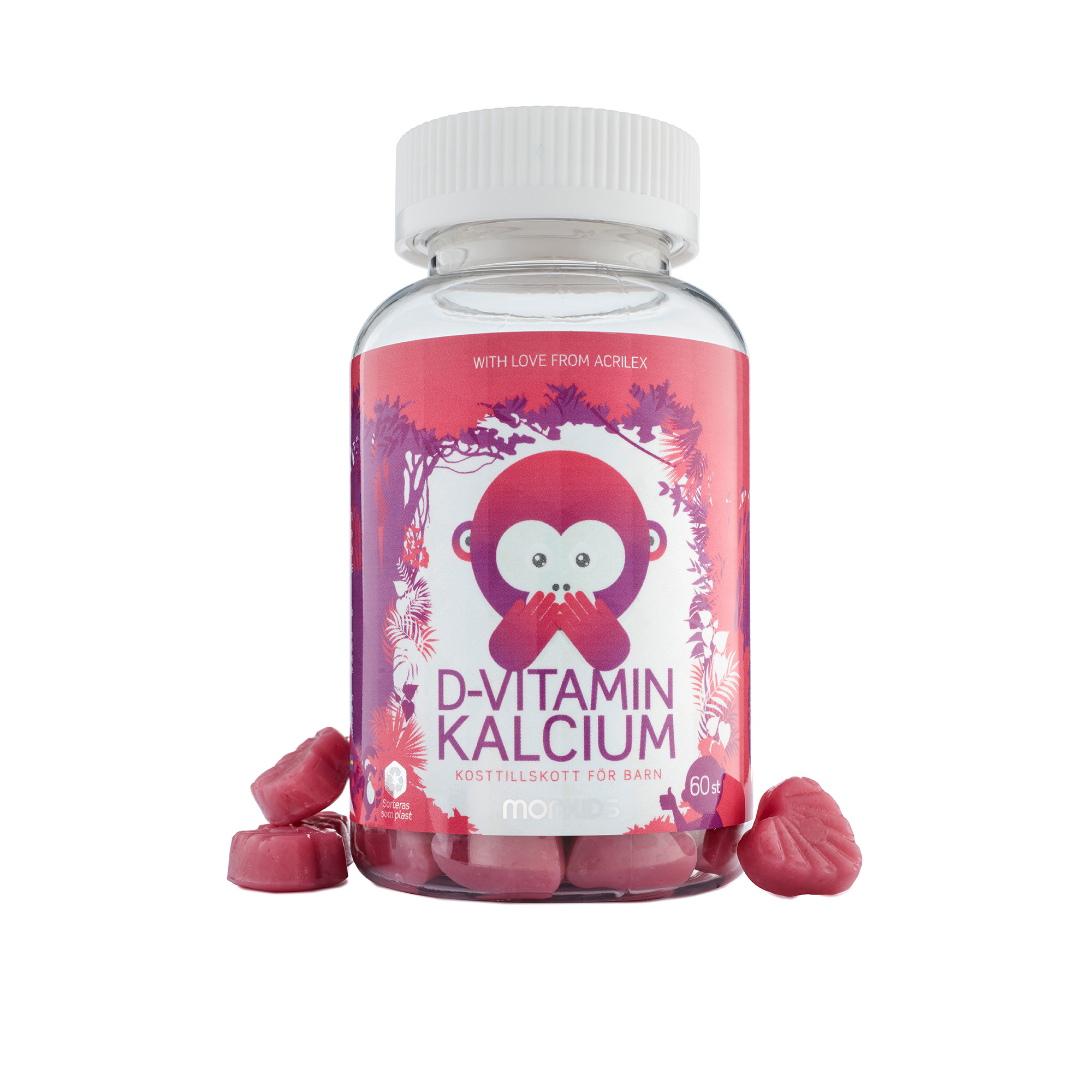



Vitamin D Calcium Monkids 60 Tablets Acrilex Egenvard Monkids
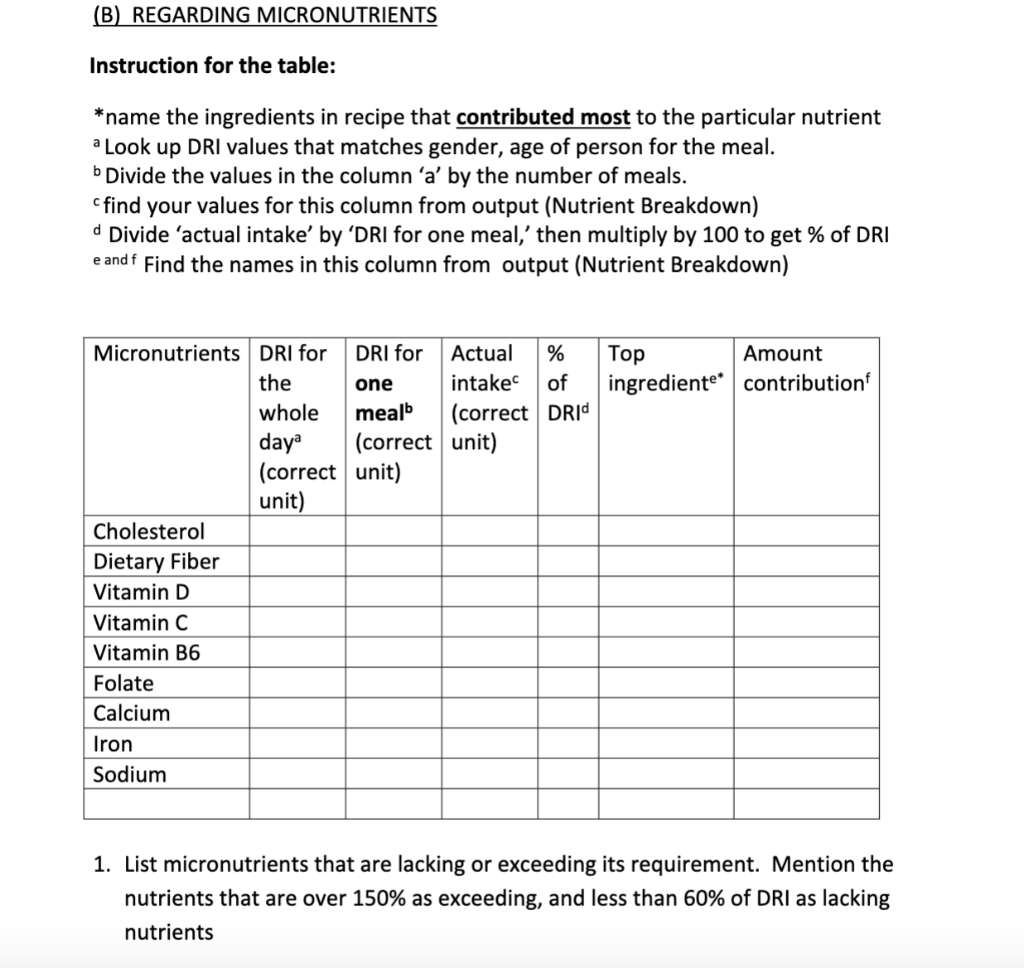



B Regarding Micronutrients Instruction For The T Chegg Com




I Chroma Vitamin D




Elecsys Vitamin D Total




7nutrition Multisport 60 Caps 7nutrition




Scielo Brasil Nutritional Assessment Of Esmeraldan Adult Population Ecuador Nutritional Assessment Of Esmeraldan Adult Population Ecuador
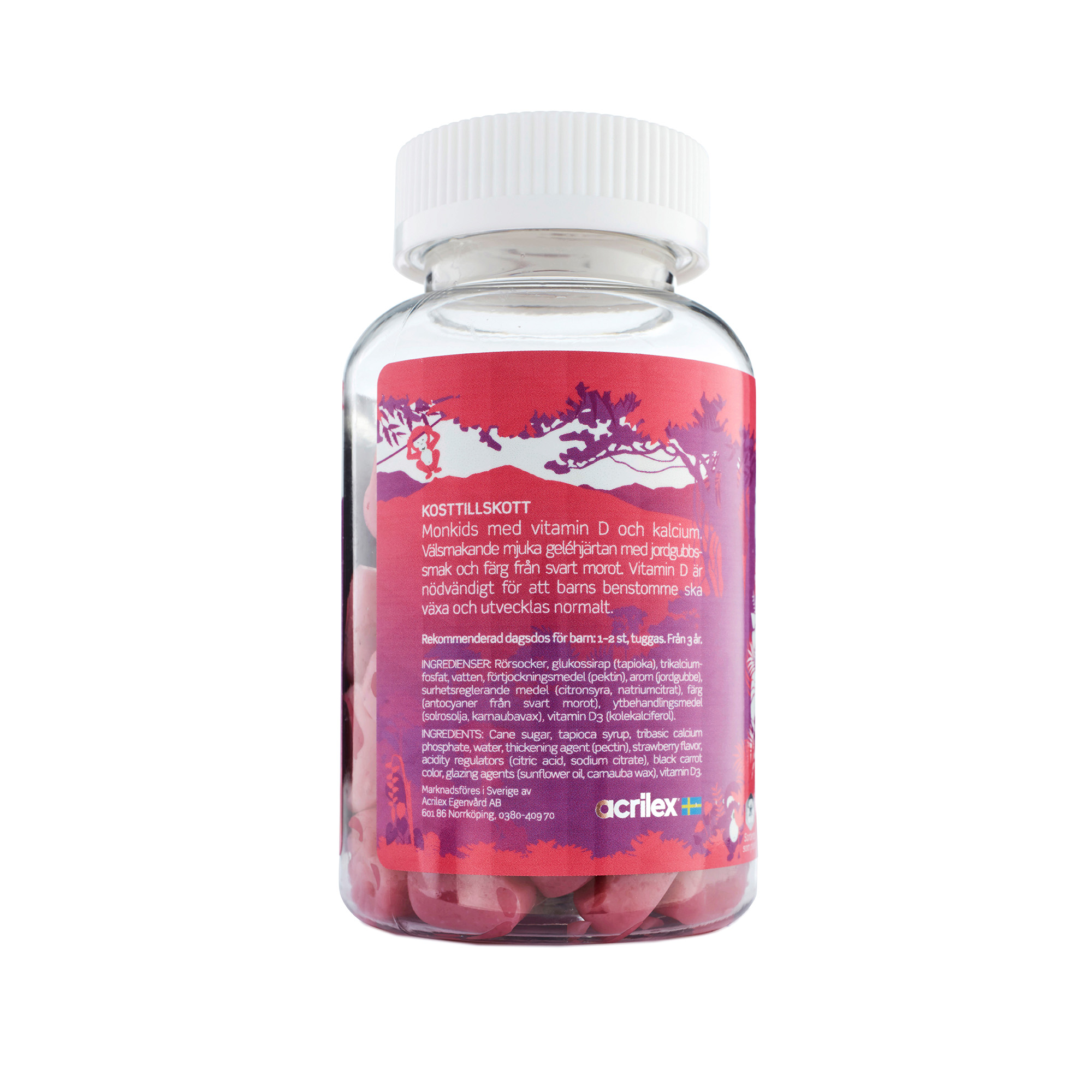



Vitamin D Calcium Monkids 60 Tablets Acrilex Egenvard Monkids




All About Vitamin D Precision Nutrition




Vitamin D Linus Pauling Institute Oregon State University




Pdf Vitamin D Supplement Consumption Is Required To Achieve A Minimal Target 25 Hydroxyvitamin D Concentration Of 75 Nmol L In Older People




Nutritional Vitamin D Use In Chronic Kidney Disease A Survey Of Pediatric Nephrologists Semantic Scholar



Plos One Potential Impacts Of Climate Related Decline Of Seafood Harvest On Nutritional Status Of Coastal First Nations In British Columbia Canada




Bregott Mellan Arla 600 G
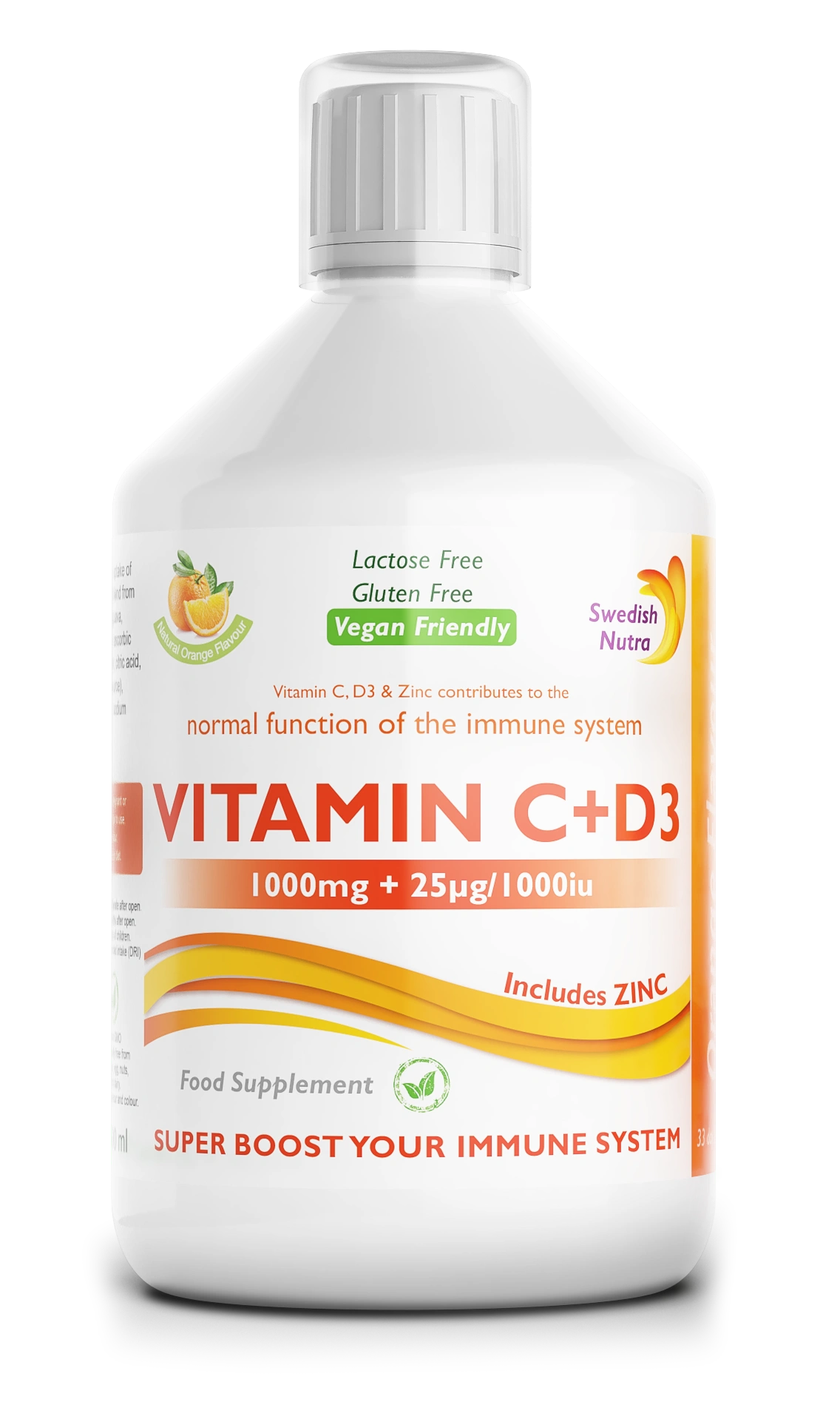



Swedish Nutra Vitamin C D 123 Chem


